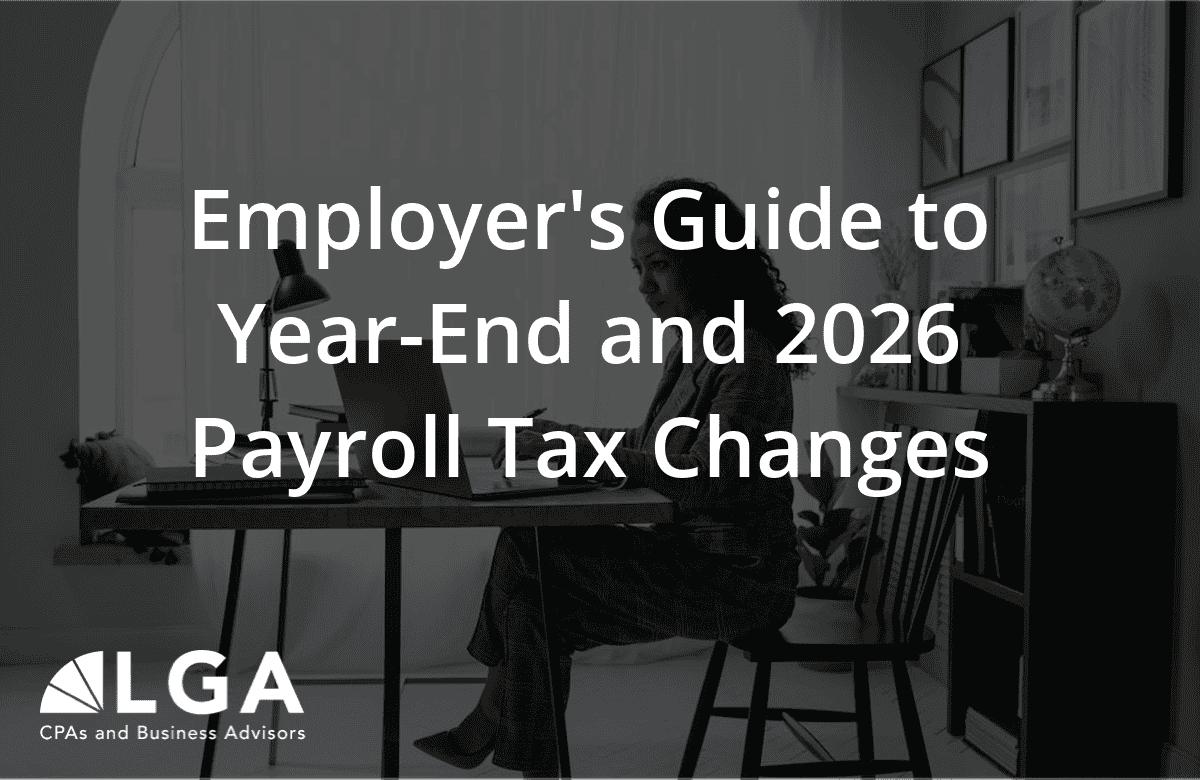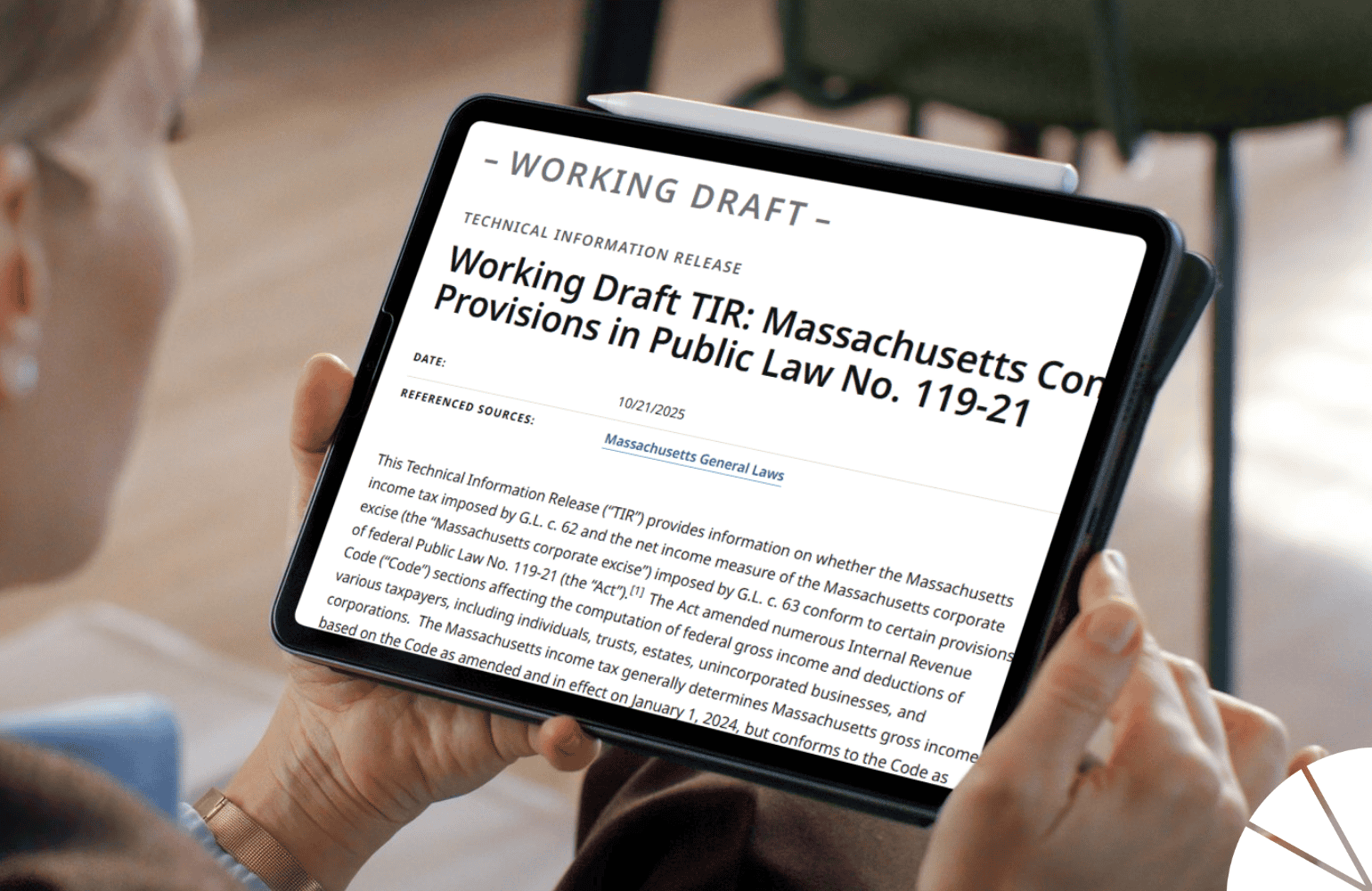
When you enter into business relationships or even marriage, the last thing you think is, “What if this person tries to steal from me?” You choose partners, advisors, and employees whom you trust implicitly. But what if that trust is misplaced?
Unfortunately, asset misappropriation is more common than we’d like to admit. Be it divorcing spouses hiding marital assets (in a range of creative ways, some of which are illustrated in a past blog post) topic or trusted employees siphoning off company money; asset theft can go undetected for years. But there are ways to uncover it.
As a financial forensic expert, I employ strategies and techniques to help clients identify and combat asset misappropriation. Here’s an overview of the three fundamental questions I ask to investigate any case of suspected misappropriation and a real-world case study of asset misappropriation.
Investigating Internal Controls
The seriousness with which a business takes its internal controls can offer insight into potential asset misappropriation. For instance, how are duties segregated within your business? Do the same people who manage cash disbursements also reconcile bank statements? How about estate and high-net-worth matters – does the representative have sole decision-making power on managing assets?
Understanding who has access to bank and accounting records is an essential first step in any asset misappropriation investigation.
Checking Intercompany Transactions
Intercompany transactions are like secret tunnels between related-party entities. These tunnels can be cleverly used by unscrupulous individuals to shuffle money around, disguising theft, or hiding assets. These subtle yet illicit transfers might appear normal, but a keen investigator will know better.
Your job is to reconcile these transactions, ensuring everything adds up by the end of the accounting period. Spot a discrepancy? That’s where you dig deeper. This isn’t just about exposing wrongdoing; it’s about safeguarding businesses and upholding trust in our economic system.
Understanding Forensic Models
Depending on the company’s size, forensic accountants use different models to identify financial manipulations.
One common model, the Benford analysis, studies the frequency of numbers within transactions. Any anomalies can raise red flags. For instance, if a $50,000 transaction occurs every month on the same day, this pattern may suggest potential fraud.
A second method, the Beneish model, looks at specific company ratios and calculates a score to determine if there’s been any financial manipulation. The Beneish model measures eight specific data points, like the ratio of the company’s total accruals to its total assets. This methodology is useful for identifying financial fraud in large and financially sophisticated companies. (Fun fact: When Indiana University professor Daniel Beneish developed his model in the late 1990s, it detected fraud at Enron before the scandal was uncovered!)
For smaller businesses lacking extensive financial data, we often compare the company’s internal metrics with industry benchmarks to spot potential discrepancies. This process is often used for business valuation purposes and can also reveal red flags that could indicate normalization is needed or worse, point to further investigation needed for fraud being present.
Unearthing Fraud: A Real-Life Story
To illustrate how to tackle asset misappropriation, let’s look at a recent case handled by our team at LGA.
One day, a company owner received a shocking confession from a close advisor and friend of over ten years. The advisor admitted to stealing from the company for more than three years. The owner called his CPA and attorney, who called LGA to investigate and quantify how much money the advisor had stolen.
On investigating, we discovered a complex scheme. The trusted advisor was moving money from the business account into an account under the owner’s spouse’s name, set up for fake purposes. From there, the money was transferred to a third account where the advisor was skimming off funds.
The total amount stolen was approximately $2 million. The fallout from the theft was enormous, with attorney fees, investigation costs, lost business time, and the inevitable emotional distress. Our job was to provide the client with a precise dollar figure for the theft, which they could then use for restitution or an insurance claim, and guide them on tightening controls to prevent future occurrences.
Do you suspect asset misappropriation?
If you suspect asset misappropriation or financial manipulation in your company, you don’t have to face it alone. LGA’s Forensic Accounting and Litigation Support Team can help you investigate the details.
As a Master Analyst in Financial Forensics, I help clients uncover misappropriation schemes and quantify theft so they have everything they need to move forward with restitution and/or litigation. Contact me today to discuss your forensic accounting needs.
by Ross Yogel, MBA, CPA, CVA, MAFF






